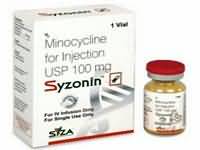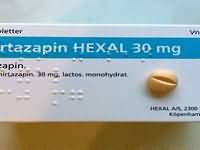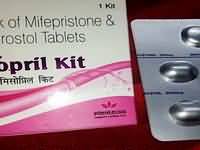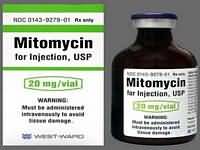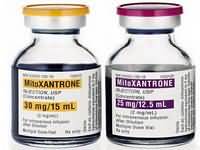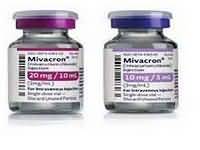Atovaquone
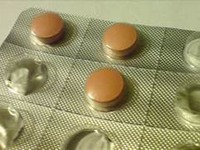
Atovaquone
CLINICAL USE
Treatment of PCP if intolerant to co-trimoxazole
DOSE IN NORMAL RENAL FUNCTION
750 mg twice daily for 21 days
PHARMACOKINETICS
Molecular weight :366.8 %Protein binding :99.9 %Excreted unchanged in urine : <1 Volume of distribution (L/kg) :0.62 ± 0.19half-life – normal/ESRD (hrs) :2–3 days/no data DOSE IN RENAL IMPAIRMENT
GFR (mL/MIN)
20 to 50 : Dose as in normal renal function 10 to 20 : Dose as in normal renal function <10 : Dose as in normal renal function. Use with caution DOSE IN PATIENTS UNDERGOING RENAL REPLACEMENT THERAPIES
CAPD :Not dialysed. Dose as in normal renal function HD :Not dialysed. Dose as in normal renal functionHDF/high flux :Unknown dialysability. Dose as in normal renal functionCAV/VVHD :Unlikely to be dialysed. Dose as in normal renal function IMPORTANT DRUG INTERACTIONS
Potentially hazardous interactions with other drugsAntibacterials: rifampicin, rifabutin and tetracyclines reduce levels by 50%Metoclopramide: significant reduction in plasma atovaquone levels ADMINISTRATION
Reconstition
– Route
Oral Rate of Administration
–Comments
– OTHER INFORMATION
Administer with food. The presence of food, particularly high fat food, increases bioavailability 2 or 3-fold. The most commonly reported abnormalities in laboratory parameters are increased liver function tests and amylase levels, and hyponatraemia
See how to identify renal failure stages according to GFR calculation
See how to diagnose irreversible renal disease
Home

